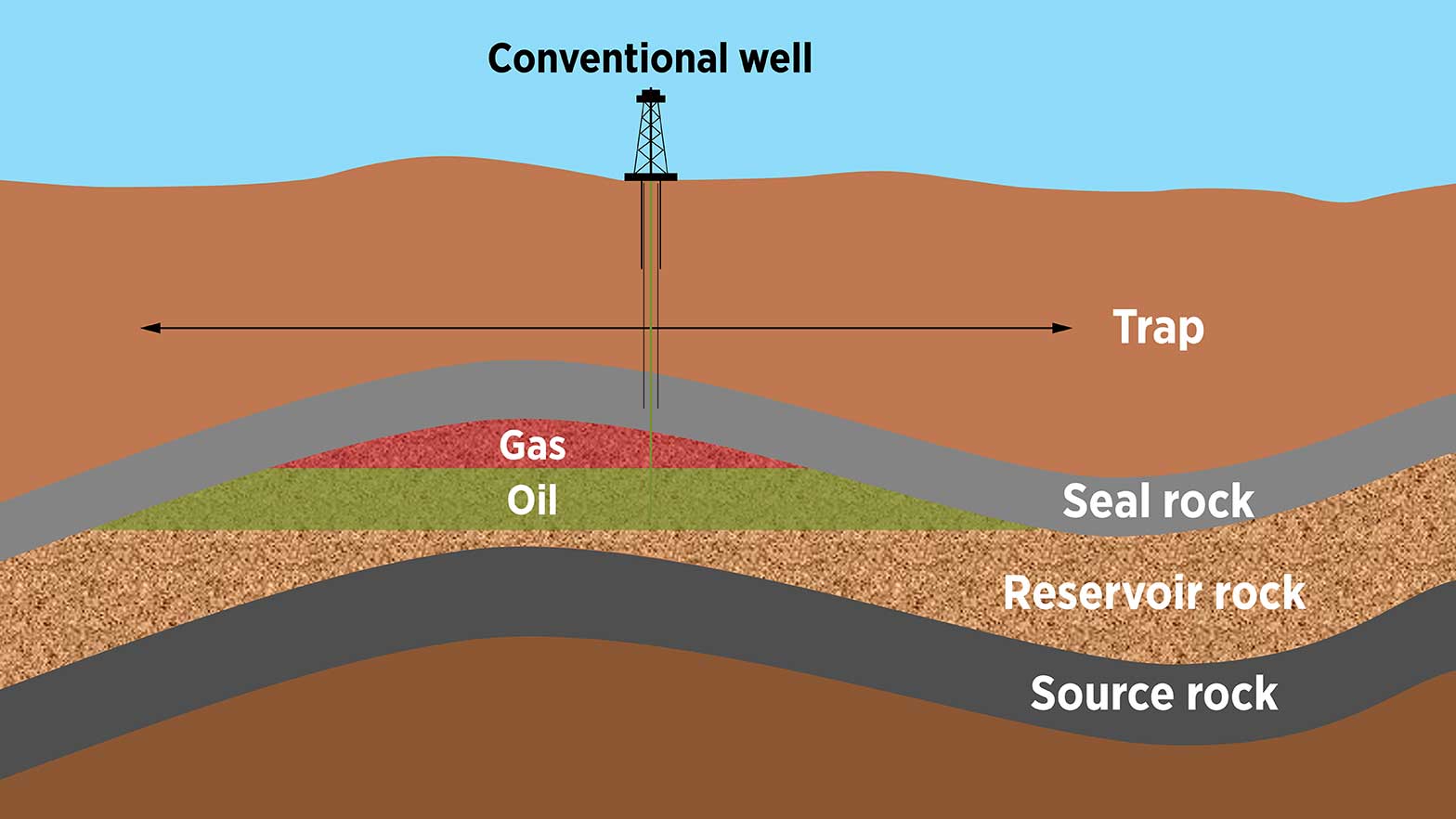our operations
exploration explainer: how do you find onshore oil and gas
2 mind read | november 14, 2023
Chevron’s exploration teams travel around the world, including El Trapial field in Argentina, pictured above.
Geophysicist Andrew Deighan has spent decades scouring the planet for oil and gas.
As he stepped through his exploration experiences in the North Sea, Egypt, Kazakhstan, Mexico and Trinidad to name a few, he reveled in how his travels have exposed him to the Earth’s marvels.
“I’ve met and worked with people from all over the world,” said Deighan, director of Americas exploration. “I’ve lived in some amazing places, and it just opened my eyes to how vast and beautiful the world is.”
Beneath that beauty, if you look in the right spots, are oil and gas resources necessary for fueling the modern population.
why it matters
andrew deighan
director of Americas exploration
beginning the hunt
In the early days of exploration, surface geology maps were used to find the best hunting grounds.
As the industry developed, explorers began to rely more heavily on technology. They can obtain seismic data by sending pulses of sound underground. The sound’s reflection is used to create a picture, akin to a three-dimensional sonogram, covering hundreds of square miles of land.
The raw image it produces appears distorted, but once processed gives scientists a clearer picture of what lies beneath.

A geologist looks at seismic data on a visualization wall.
listening to the land
Geologists are looking for four key elements to come together when researching an area’s potential. These elements are:
- A source rock. Any old rock won’t do; the right one must have been deposited and preserved a certain way. “Without that you don’t have anything,” Deighan said.
- A reservoir rock that is porous, allowing oil and gas to migrate, be stored and produced from.
- A seal that prevents it from escaping.
- A structure that traps, or collects, the oil and gas.
Rock samples, when analyzed, must also indicate the field has the potential of producing large volumes.
“It’s a bit like Clue™ the board game,” Deighan said. “You’re trying to put together all these different pieces of information to determine whether it has a chance of being successful.”

a new chapter
Chevron’s exploration efforts, which can take years to fully develop, aren’t always successful.
When they are, the exploration phase ends, and another chapter begins.
“It starts with the rocks, but we need drillers, engineers and refineries to realize that potential,” Deighan said. “It’s a value chain that begins with exploration and ends with a consumer putting gas into their car. People don’t realize the amount of time and labor it takes to get to that product.”
* Clue is a registered trademark of Hasbro, INC.
topics covered
related content
-

 delivering first oil while lowering development costs
delivering first oil while lowering development costsour operationsapril 21, 2025
-

 decommissioned platform transforms into reef
decommissioned platform transforms into reefour operationsmarch 19, 2025
-

 chevron uses AI to bring reliable energy to data centers
chevron uses AI to bring reliable energy to data centersour operationsmarch 14, 2025
-

 US companies make bold move to power nation’s data centers
US companies make bold move to power nation’s data centersour operationsfebruary 13, 2025
chevron email updates
Subscribe to our newsletter to receive news and updates.



